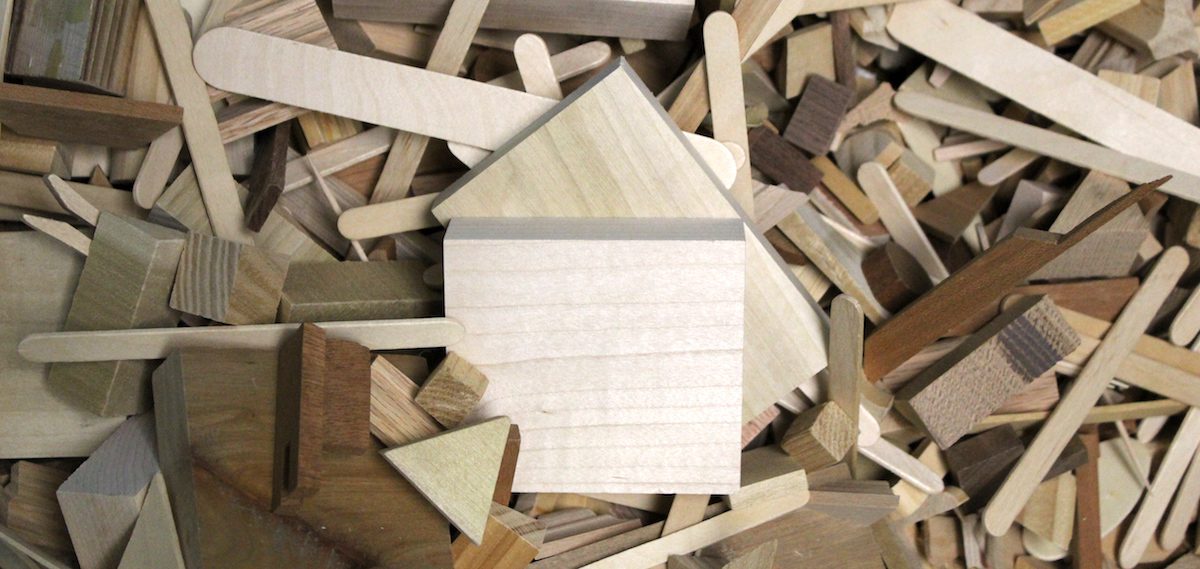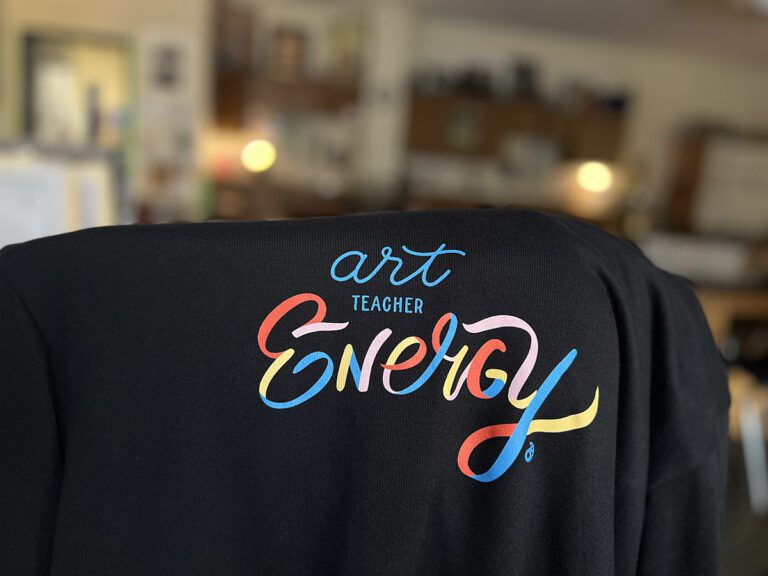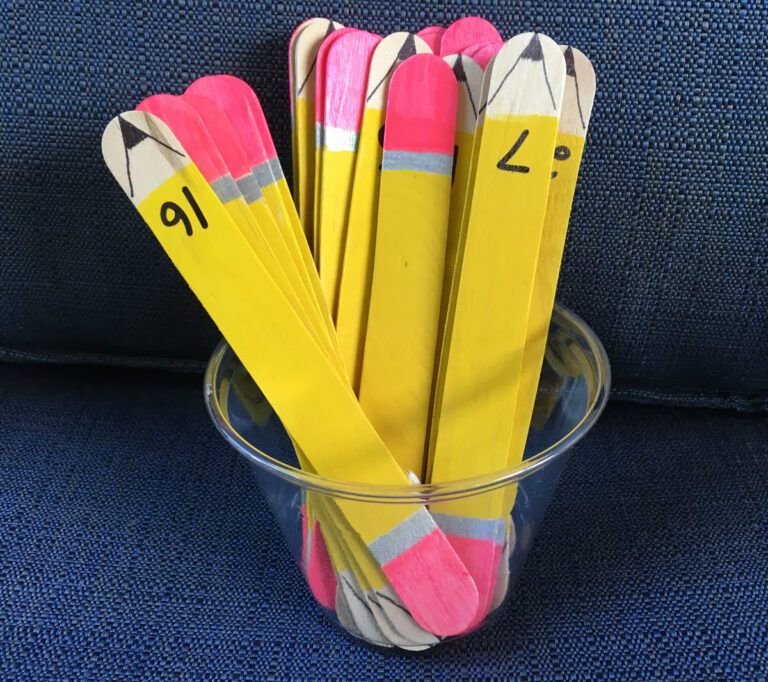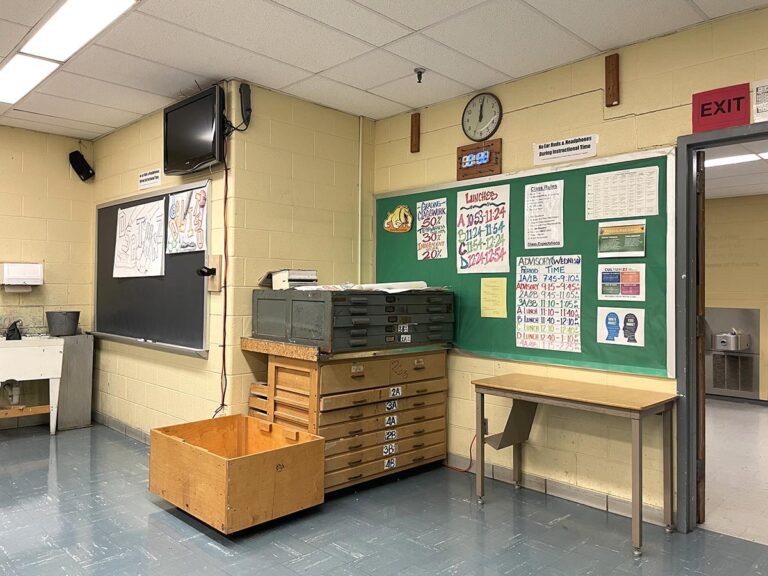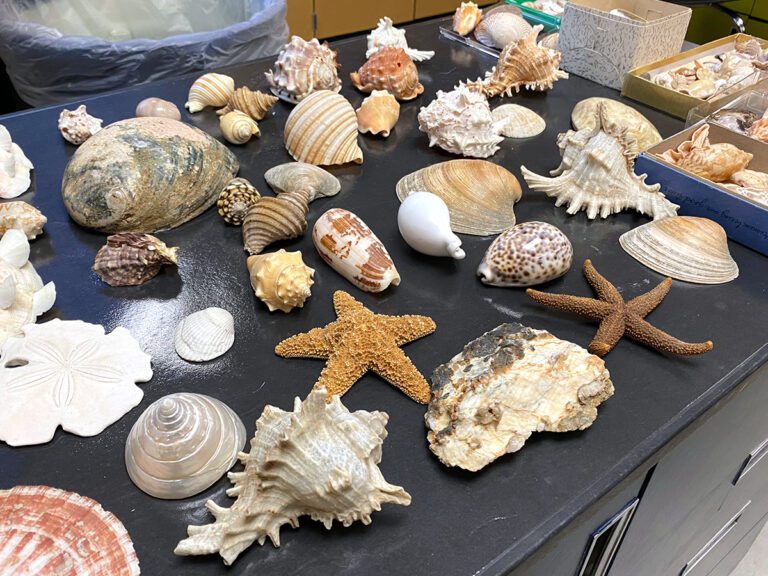“I am totally satisfied with the amount of money allocated for my supply budget…” said no art teacher ever. Faced with this reality, we have to get creative with fundraisers and donations to stretch the “all-mighty art dollar.” Sometimes, getting GOOD donations is just about who you know. This is especially true when it comes to procuring useful and free supplies for your art program.
So, who do you need to know, in the absence of a bunch of philanthropic millionaires? You probably already have relationships with people in a few advantageous professions.
If not, here are the professions you need to befriend (quickly), and why…
1. Medical Supply/Surgical Supply Field
People in the medical industry have the best art room drop cloths, but they call them “surgical drapes.” Hey, if it stops blood, it will definitely stop printing ink or paint! These handy blue plastic sheets are perfect for lining your art room tables during your messiest projects. Afterward, just roll them up and toss them out, making clean up a snap. Of course, this is not very eco-friendly, so skip the daily use and save these for your most desperate moments.
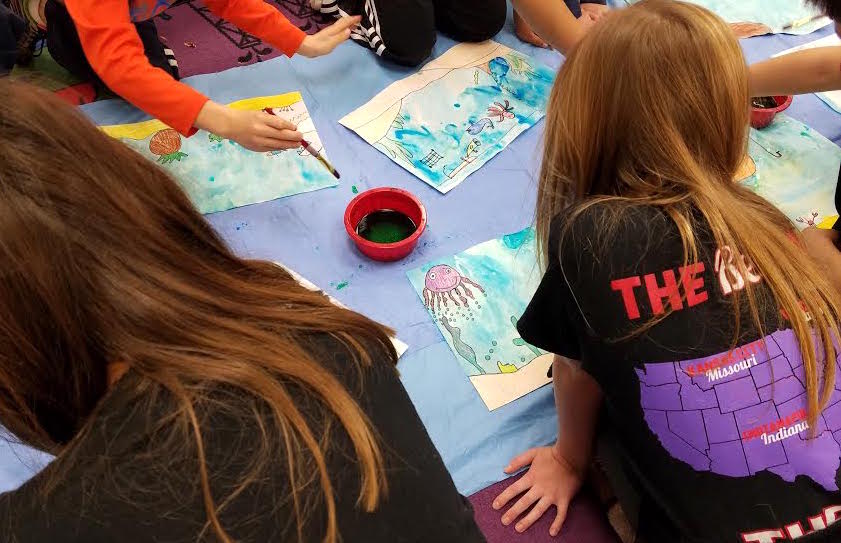
This group also has the best plastic tubs of various sizes for organizing small supplies or holding liquids. They refer to them as “bed pans,” but you’ll need to get over that name. These containers are great for dye baths, mixing paper maché paste, containing a splatter painting station, and more.
Obviously, you want these supplies ONLY if they have NEVER been used, or even entered an exam room. The ideal time to get these donations is when they come from a storage room cleaning, supply overstock/miss-order, or are just product samples.
2. Carpentry or Construction
Whether it is a wire sculpture or paper maché, nothing prepares three-dimensional artwork for presentation quite like a base. Sure, cardboard bases work fine in a pinch, but wooden bases add a level of legitimacy and beauty all students seem to love. So where do you get free wood?
If you can find a local cabinet maker, lumber supplier, carpenter, or construction person, inquire about what they do with their wood scraps. Chances are they are routinely pitching scrap wood in small sizes and shapes into a dumpster. It’s artistic gold, going straight to a landfill!
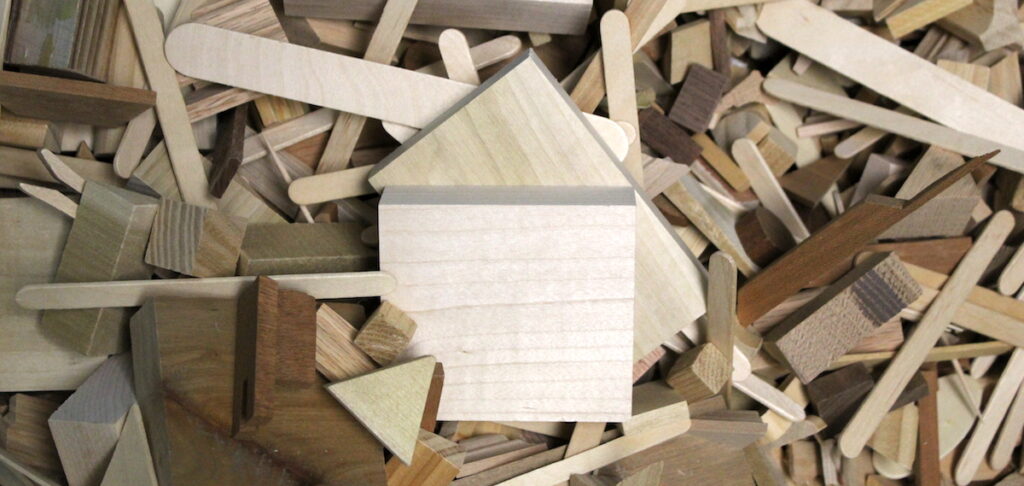
Offer to bring a large box to their place of business, and have your students decorate the outside with pictures and requests for scraps. With a little luck, you will be able to arrange a semi-regular pick-up schedule, loading your vehicle with free sculpture wood for your students.
3. Recycling Industry
The manager of your local recycling plant is definitely the holy grail of who to know when it comes to supply donation. This person is routinely contacted to recycle odd items for the business community. Many times these items are not junk, they are no longer needed at that location. This is very different from the bags of pop cans and used copy paper that you normally see in a typical recycling bin. A more accurate description might be “unused industrial/commercial supplies.”
Ask your recycling center if they would be open to contacting you for a pick-up if art worthy items arrive from a company in good condition. This strategy has produced huge rolls of unused newsprint (from a printing business), large scale flat cardboard panels, and even rolls of sheet metal copper for my classroom. These supplies were unused, valuable, and all were totally free.
Take a moment to reflect on what your family, friends, and neighbors do for a living because your best donor might be somebody you already know!
What other professions tend to have supplies you use in the art room?
What tips do you have for asking for donations?
Magazine articles and podcasts are opinions of professional education contributors and do not necessarily represent the position of the Art of Education University (AOEU) or its academic offerings. Contributors use terms in the way they are most often talked about in the scope of their educational experiences.
